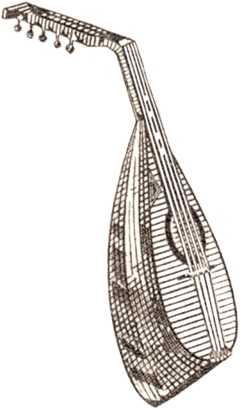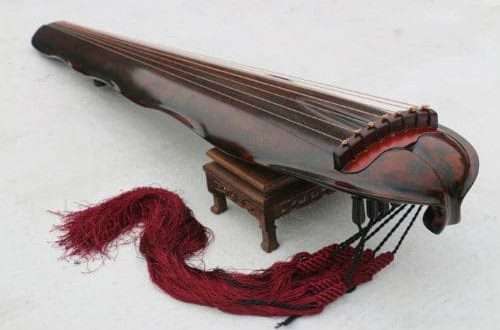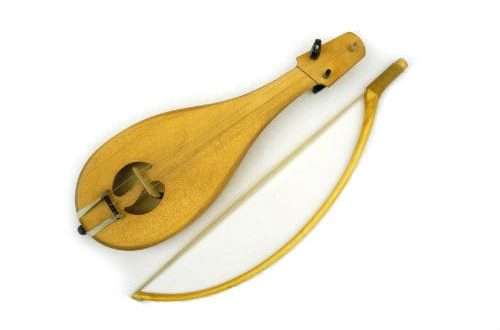
Kobza: what is it, instrument composition, history, sound, use
The Ukrainian folk musical instrument kobza is a close relative of the lute. It belongs to the group of stringed, plucked, has four or more paired strings. In addition to Ukraine, its varieties are found in Moldova, Romania, Hungary, Poland.
Tool device
The basis is the body, the material of which is wood. The shape of the body is slightly elongated, resembling a pear. The front part, equipped with strings, is flat, the reverse side is convex. The approximate dimensions of the case are 50 cm long and 30 cm wide.
A small neck is attached to the body, equipped with metal frets and a head slightly bent back. Strings are stretched along the front part, the number of which is different: there were design options with at least four, with a maximum of twelve strings.
Sometimes a plectrum is additionally attached – it is much more convenient to play with it than with your fingers, the sound is much cleaner.
What does kobza sound like?
The instrument has a quarto-quint system. Its sound is soft, gentle, ideal for accompaniment, without drowning out the rest of the participants in the performance. It goes well with violin, flute, clarinet, flute.
The sounds of the kobza are expressive, so the musician can perform complex works. The playing techniques are similar to those of the lute: string plucking, harmonic, legato, tremolo, brute force.
History
Models like the lute are found in almost every culture. Presumably, the idea of their creation was born in the countries of the East. The terms “kobza”, “kobuz” are found in written evidence dating back to the XNUMXth century. Constructions similar to the Ukrainian lute were called “kopuz” in Turkey, and “cobza” in Romania.
The kobza was most widely used in Ukraine, having fallen in love with the Cossacks: it even had a special name here: “Lute of the Cossack”, “Cossack lute”. Those who mastered the technique of playing it were called kobzars. Often they accompanied their own singing, tales, legends with the Play. There is written evidence that the famous hetman Bohdan Khmelnytsky, when receiving foreign ambassadors, played the kobza.
In addition to the Ukrainian people, a modified lute was used in the Polish, Romanian, Russian lands. It was considered a national treasure, did not require long learning to play. The European varieties looked about the same, differing in size and number of strings.
The XNUMXth century was marked by the invention of a similar instrument, the bandura. The innovation turned out to be more perfect, complex, and soon forced the “sister” out of the world of Ukrainian music.
Today, you can get acquainted with the history of the Ukrainian instrument in the Museum of Kobza Art in the city of Pereyaslavl-Khmelnitsky: about 400 exhibits are placed inside.
Using
Mostly Ukrainian lute is used in orchestras, folk ensembles: it accompanies singing or the main melody.
One of the most popular and successfully performing ensembles that have a kobza in their composition is the National Academic Orchestra of Folk Instruments of Ukraine.





